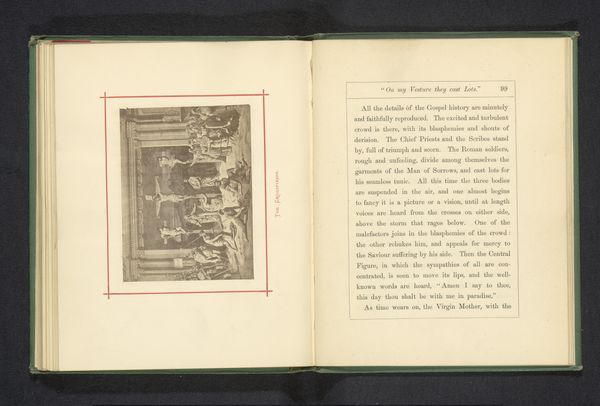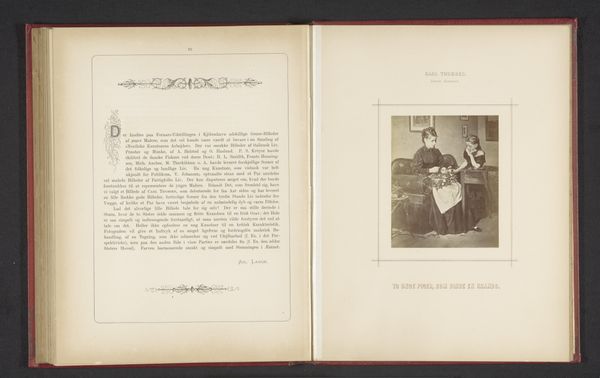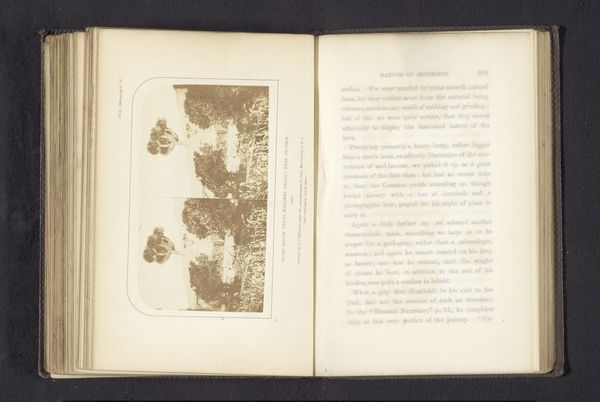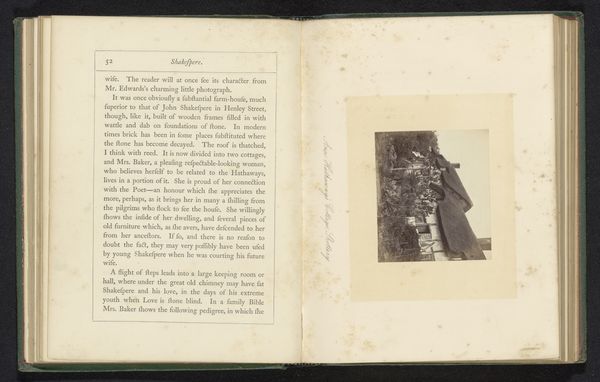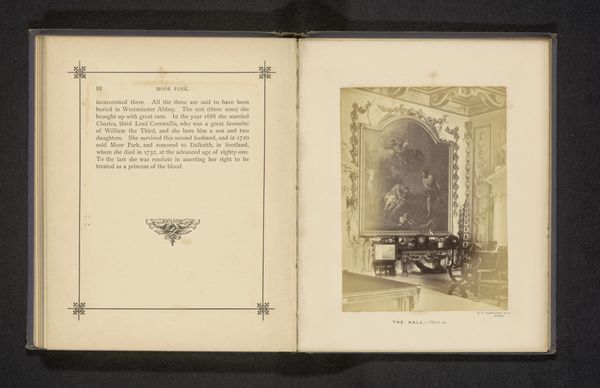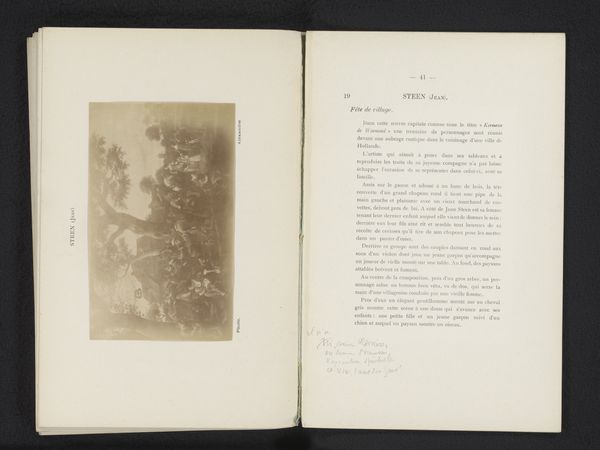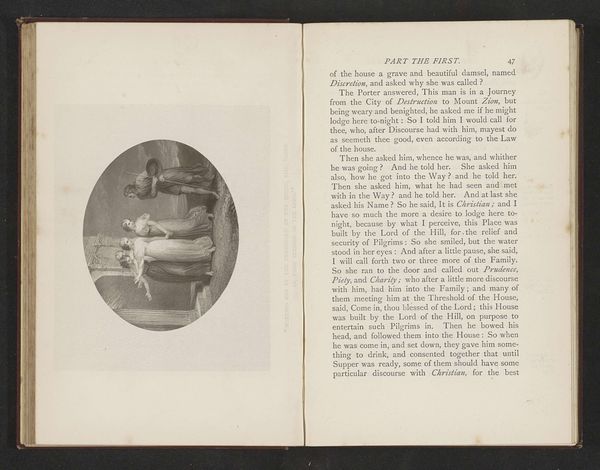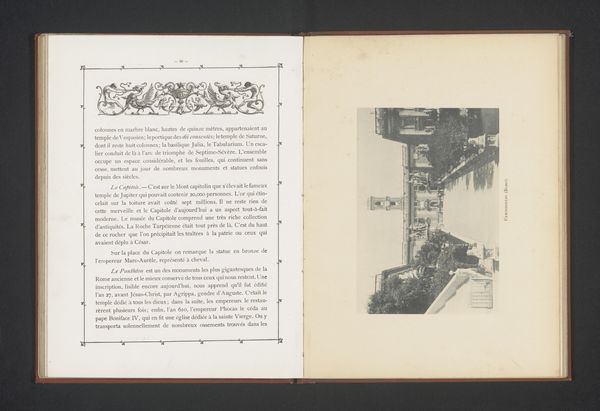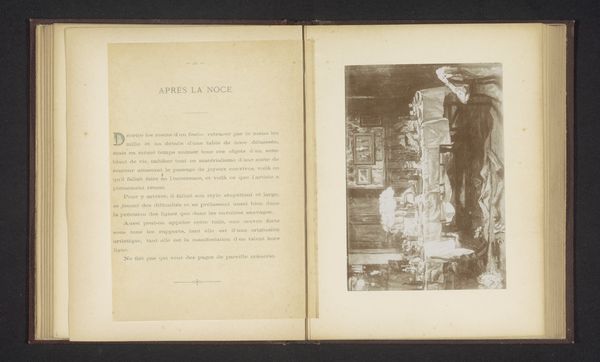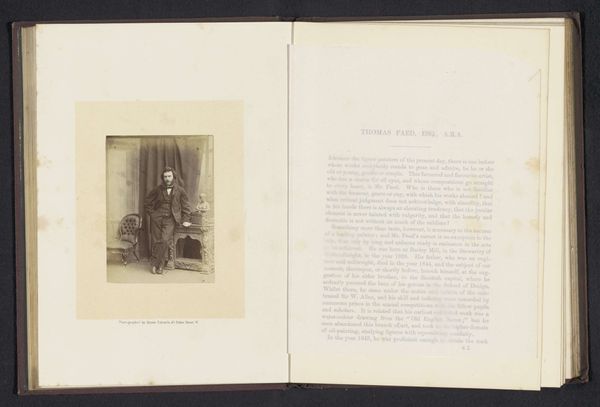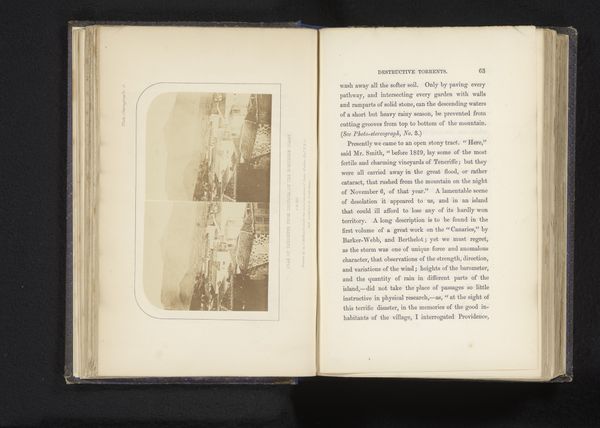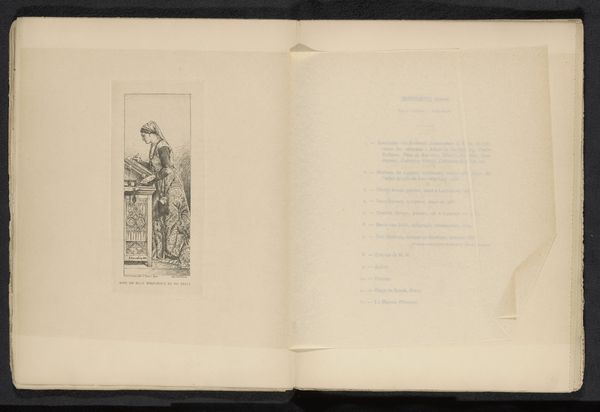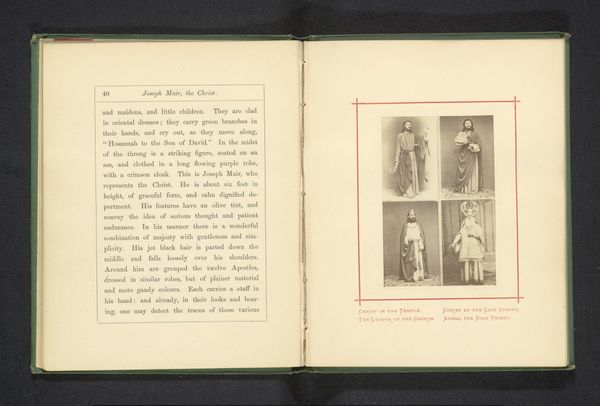
drawing, print, glass
#
drawing
#
medieval
# print
#
glass
#
academic-art
Dimensions: height 168 mm, width 117 mm
Copyright: Rijks Museum: Open Domain
Editor: So, here we have a reproduction of stained glass with the coat of arms of Batenburg, dating from before 1908. It looks like a drawing or a print of a photograph in a book. The materiality of the original – leaded glass – would have had a very different effect, I imagine. What strikes you about this image? Curator: Immediately, I’m drawn to consider the means of production and circulation. This isn't the original glasswork; it’s a reproduction, a print likely intended for documentary purposes. What was the social context for reproducing this image? Who was the intended audience? Was it part of a larger project to inventory or celebrate heraldry? The labor involved in both creating the stained glass and then reproducing it as a print is something to consider. Editor: That’s interesting. I hadn't really considered the printmaking process itself. So, are you suggesting that the value lies not in the artistic merit of the design but more in its function as a record or as a commodity? Curator: Exactly! The value lies in understanding how images like this one functioned within a specific historical and social context. The glass itself served a certain purpose for the Batenburg family. But the *reproduction* shifts the focus onto broader societal trends – perhaps the rise of historical societies, the commercialization of heritage, or new methods for recording the visual world. Look closely. Is there something about its crafting we may observe? Editor: You’re right. Now I see how analyzing its reproduction provides a tangible entry point to discussing larger societal forces at play. I hadn’t thought of it that way. Curator: Considering material production this way broadens the conversation about who gets to create, consume, and ultimately control historical narratives. We are not so distant from those questions even now.
Comments
No comments
Be the first to comment and join the conversation on the ultimate creative platform.

